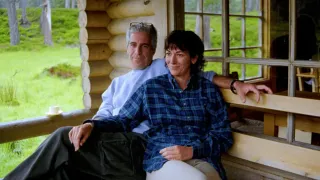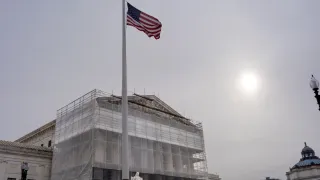April 8, 2016
Vermont Celebrates Successful Season for Maple Syrup
READ TIME: 2 MIN.
Despite an unusually warm winter in the Northeast, Vermont sugar makers are saying that 2016 has been a successful year for producing maple syrup. They have cited ideal weather conditions once the taps started running as a primary reason for the successful spring.
Vermont sugarhouses produce more than 1.3 million gallons of maple syrup annually, topping more than $300 million in sales. That amount represents more than 40 percent of all the maple syrup produced each year in the United States.
Chuck Ross, Secretary of the Vermont Agency of Agriculture, Food, and Markets, said, "There's no greater Vermont brand than maple which places our small state on the world map -- No. 1 producer in the U.S. for production and the highest quality syrup. Vermonters take great pride in the heritage of our maple industry, representing the best of Vermont culture, community connection and preserving our working landscape."
Matt Gordon, Executive Director of the Vermont Sugar Makers' Association which has more than 1,000 members in the state, said that all signs are pointing to a very productive 2016 season for Vermont sugar makers.
"While it's all anecdotal at this point, everybody I've talked to has been really enthusiastic about this season," said Gordon. "When people are enthusiastic, it's usually a pretty good sign that it's been a good year. Another thing I've been hearing is that there is a shortage of barrels and drums to put the syrup in. That usually means there's been a pretty good drop."
Burr Morse, owner of Morse Farm Maple Sugarworks in Montpelier, said his farm has already produced more than 1,800 gallons of maple syrup this year using 6,000 taps, and has more than doubled its output from a year ago. He said this season has entailed a full five-week run of sugaring. In bad years, Morse says the sugaring season can be less than three weeks if the weather doesn't cooperate.
"In northern Vermont we have been kind of an isolated success spot," said Morse. "Sugaring season has everything to do with the weather taking place while sugaring season is going on. The winter before this has nothing to do with how good sugaring season is going to be."
Morse said ideal weather conditions for sugaring hover around daytime temperature in the 40s and nighttime temperatures in the 20s. He also said that having more winds from the west and north help the maple flow since "the sap flow has to do with atmospheric pressure, and the pressure inside the trees has to be better than outside."
In southern Vermont, Armstrong Farm in Bennington enjoyed a two-month run of successful sugaring, beginning in late January.
"It was the second-best season we ever had," said Keith Armstrong, owner of the farm. "We started pretty early, and had a good solid eight to nine weeks. We boiled 50 percent more than last year, and the season extended two weeks longer than usual. Other sugarhouses I've talked to in southern Vermont also said they did all right."






